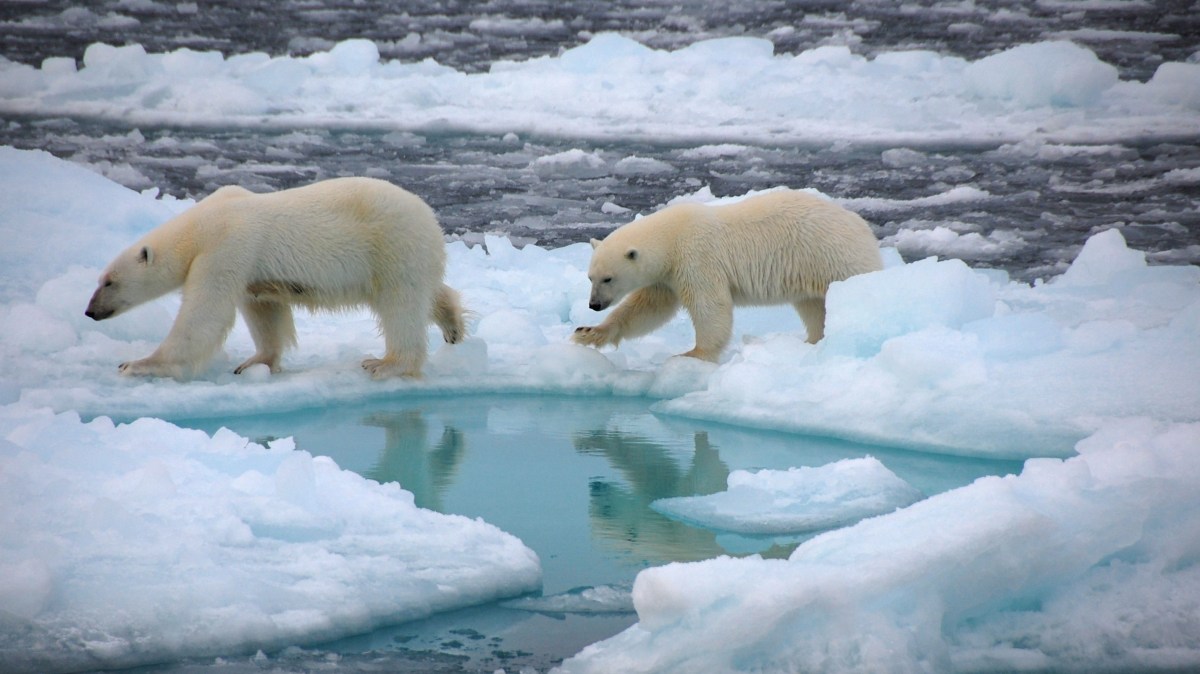Uncategorized
Unconventional Strategies to Combat Climate Change and Protect Arctic Sea Ice
As the impacts of climate change continue to intensify, scientists are exploring innovative solutions to address one of the most pressing environmental challenges: the rapid decline of Arctic sea ice. In a bold and somewhat unconventional move, researchers are experimenting with geoengineering techniques to thicken Arctic sea ice and mitigate the effects of global warming.
The concept behind this endeavor is relatively straightforward: as sea ice melts, exposing dark ocean surfaces that absorb more sunlight and accelerate warming, scientists aim to intervene by thickening the ice to reduce the amount of heat absorbed by the ocean. This initiative represents a novel approach to geoengineering, which involves deliberate interventions in the Earth’s climate system to counteract the impacts of human-induced climate change.
Led by Dr. Shaun Fitzgerald and his team at the University of Cambridge’s Centre for Climate Repair, the Arctic experiment involves pumping seawater onto the surface of sea ice to facilitate freezing and enhance ice thickness. Despite the ambitious goal of slowing or even reversing the melting of Arctic sea ice, experts remain cautiously optimistic about the feasibility and effectiveness of this approach.
While initial observations show promising results, with ice thickness increasing in the study area, significant challenges and uncertainties remain. Critics argue that the project’s scalability and potential ecological impacts pose substantial hurdles. Moreover, there are concerns that thicker, saltier ice may exacerbate melting during the summer months, further complicating the effectiveness of the intervention.
Despite these challenges, proponents of geoengineering emphasize the urgency of exploring innovative solutions to address climate change. They contend that while reducing carbon emissions remains paramount, complementary strategies such as Arctic sea ice thickening could buy valuable time in the race against climate catastrophe.
However, skeptics caution against relying solely on geoengineering solutions, citing the need for comprehensive efforts to mitigate carbon emissions and transition to renewable energy sources. They warn that geoengineering projects may offer false assurances and detract from essential long-term solutions.
As debates over the viability and ethics of geoengineering continue, one thing remains clear: tackling climate change requires a multifaceted approach that encompasses both immediate action and innovative long-term strategies. While Arctic sea ice thickening represents an intriguing experiment in geoengineering, its ultimate effectiveness and implications for global climate dynamics remain to be seen. In the face of unprecedented environmental challenges, bold experimentation and collaboration among scientists, policymakers, and stakeholders will be crucial in charting a sustainable path forward.













